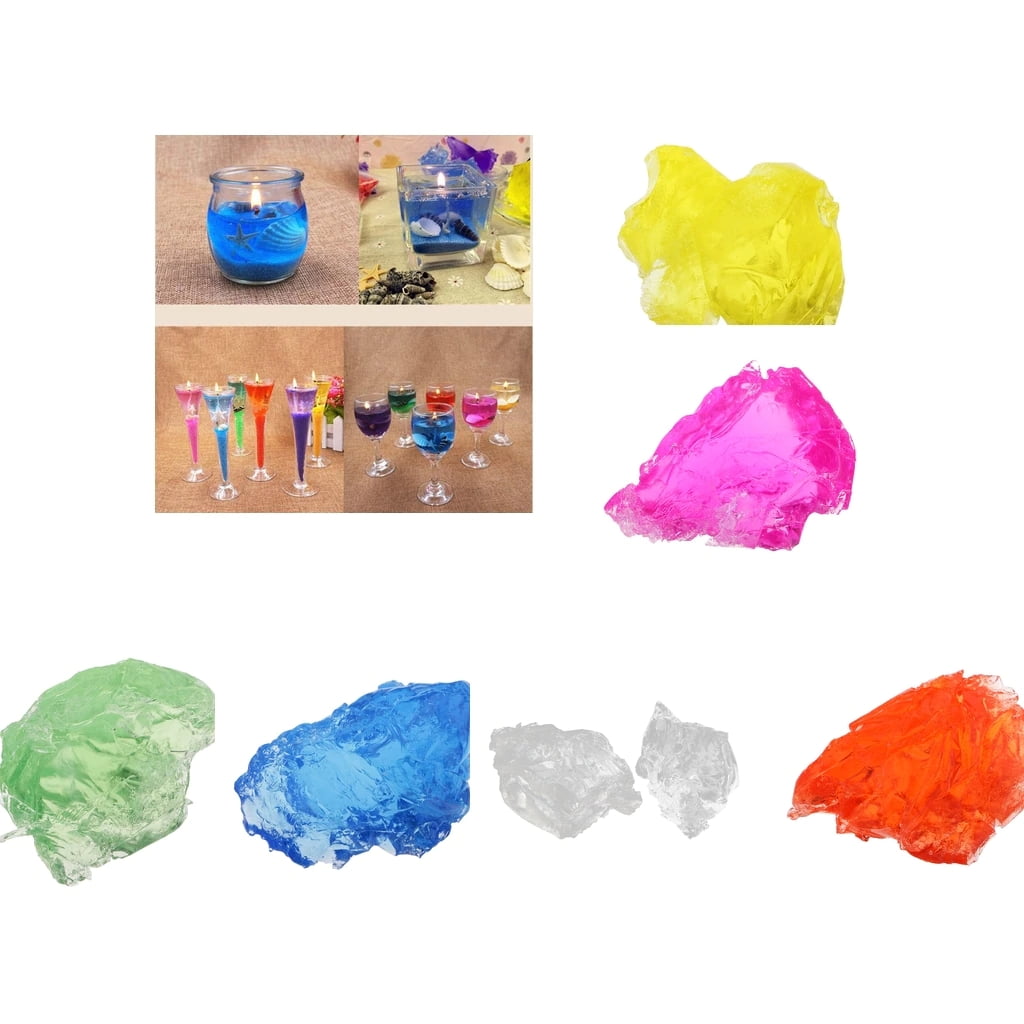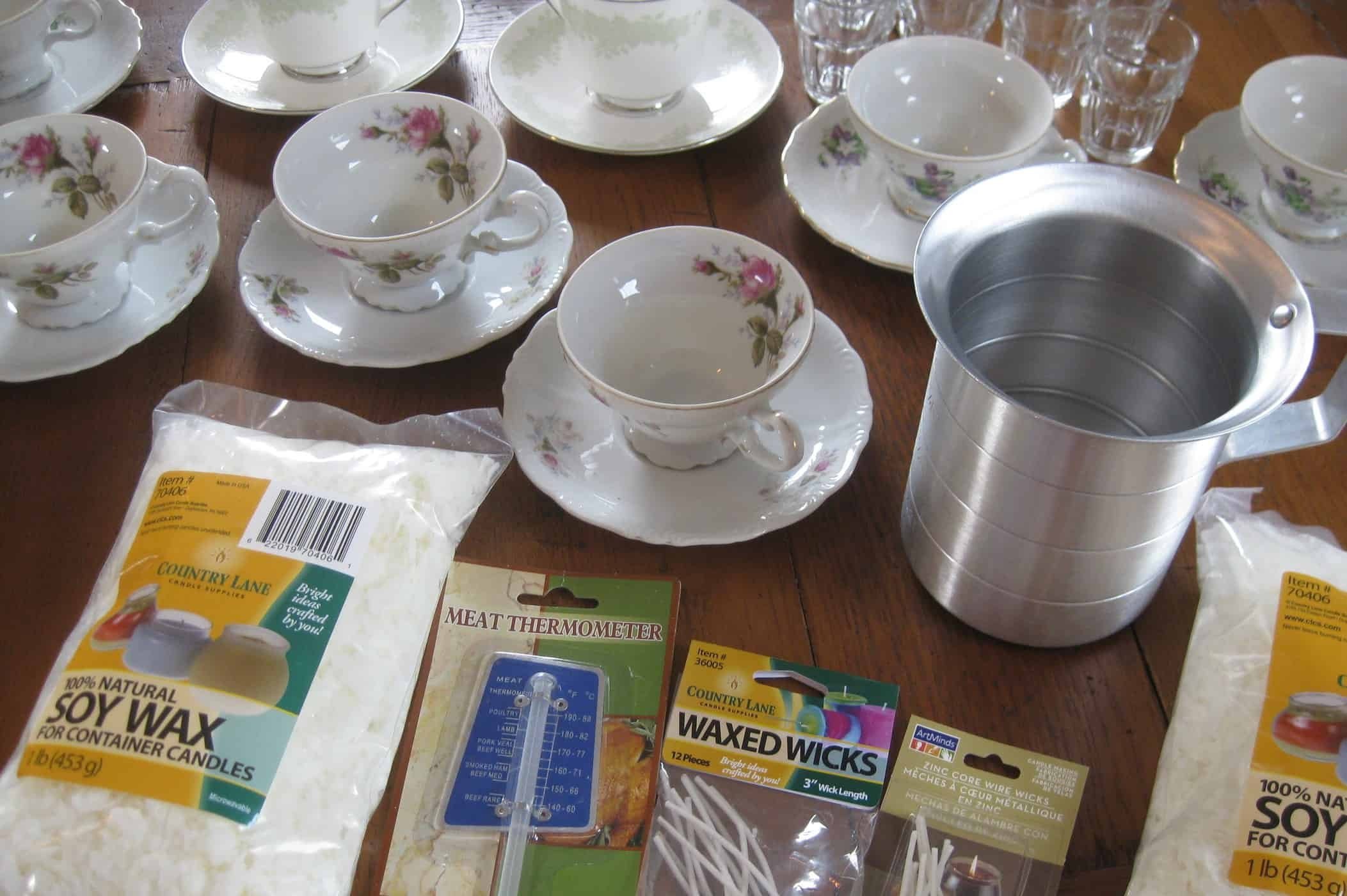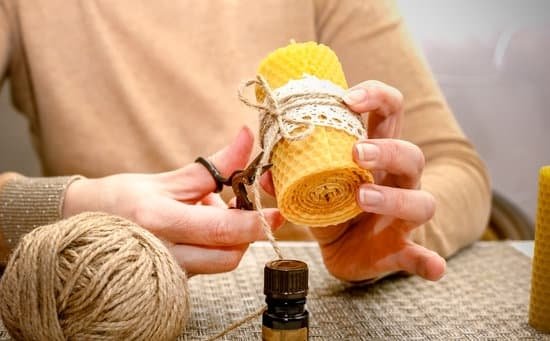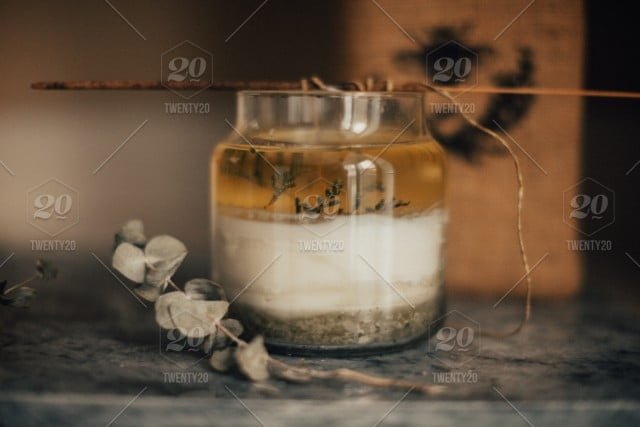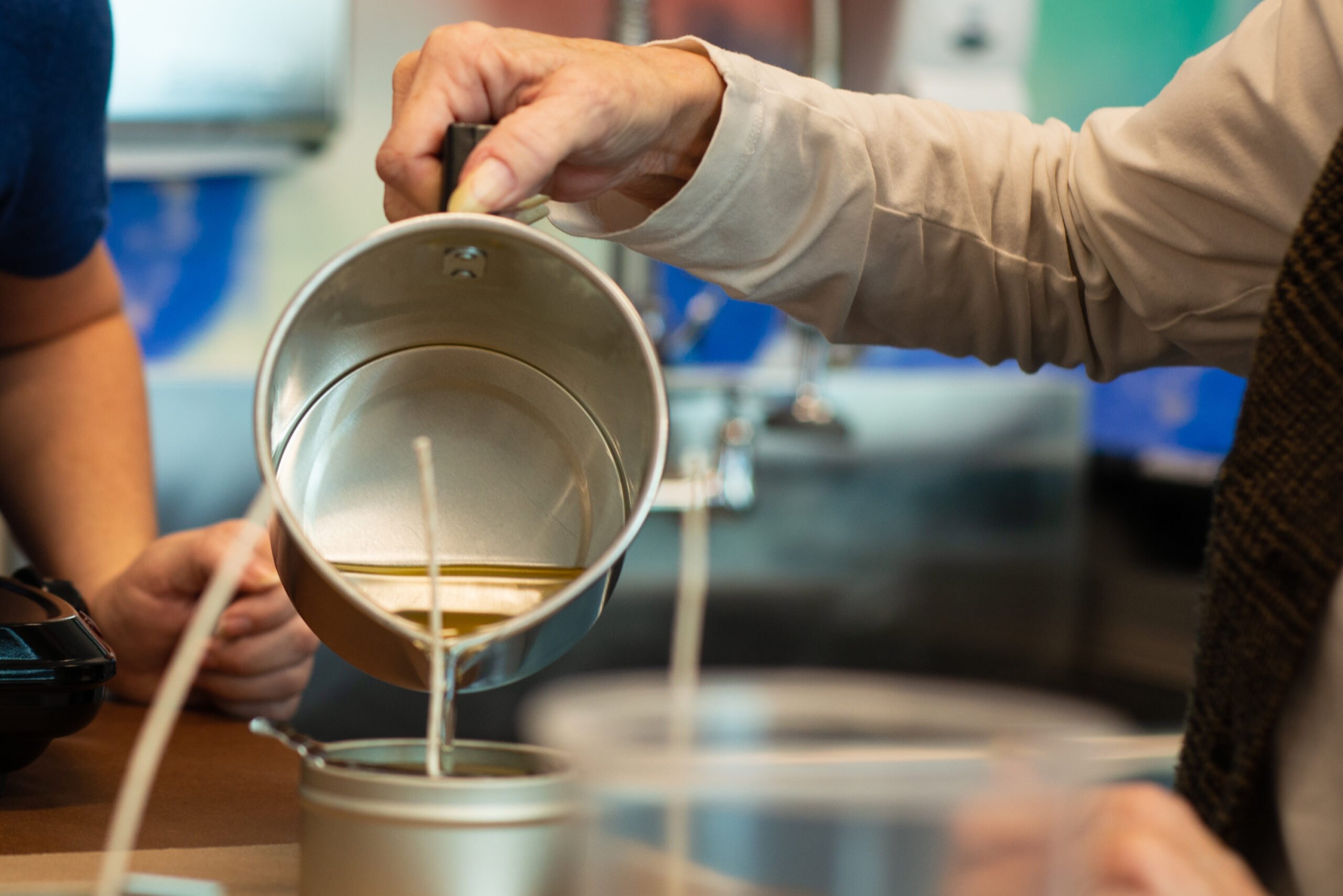Are you looking for a creative way to add colors to your homemade candles? Many candle makers wonder, “Can food coloring be used in candle making?” In this article, we will explore the possibilities of using food coloring to achieve vibrant and unique hues in your candle creations.
Candle making is a popular craft that allows individuals to express their creativity while producing functional and decorative items. Whether you are a beginner or an experienced candle maker, adding color to your candles can enhance their aesthetic appeal and create a personalized touch. While there are various methods for coloring candles, one common question that arises is whether food coloring can be utilized for this purpose.
Understanding the properties of food coloring and its potential impact on the quality of candles is essential before incorporating it into your candle making process. In the following sections, we will examine the advantages and disadvantages of using food coloring in candle making, as well as different types of food coloring and how they may affect the final outcome of your candles.
Additionally, we will provide guidance on how to use food coloring safely and effectively in your candle making endeavors. Let’s delve into the realm of candle making with food coloring and uncover the opportunities for creating beautiful and captivating candles.
Understanding Food Coloring
Food coloring is a substance that we often use to add color to food, but can it be used in candle making? Understanding the properties and potential impact of food coloring on candle making is essential before incorporating it into your projects.
Food coloring is a liquid or powder dye added to food or drink to change its color. When used in candle making, it can alter the appearance of the candles and create unique designs. However, there are some factors to consider before using food coloring in candles.
Firstly, one should be aware of the potential pros and cons of using food coloring in candle making. While it offers a wide range of colors and can produce vibrant hues, some might find that it affects the burning quality and scent throw of the candles. Additionally, certain types of food coloring may lead to discoloration over time, impacting the aesthetic appeal of the candles.
There are different types of food coloring available in the market, each with its own effects on candle making. Liquid food color tends to blend well with wax, while gel-based ones may require additional mixing for an even distribution of color throughout the candle. Powdered food coloring can result in a speckled effect if not mixed thoroughly with the wax. Understanding these differences can help you select the most suitable type for your candle-making project.
| Types of Food Coloring | Effects on Candle Making |
|---|---|
| Liquid | Blends well with wax |
| Gel-based | May require additional mixing |
| Powdered |
Pros and Cons of Using Food Coloring in Candle Making
When it comes to candle making, adding color to your candles can enhance their overall appeal. Many people wonder if food coloring can be used in candle making as a cost-effective and easily accessible way to add color. However, there are both pros and cons to using food coloring in candle making.
One of the main advantages of using food coloring in candle making is the wide range of colors that are available. Food coloring comes in various shades, allowing you to create a diverse array of colored candles without having to purchase multiple dye blocks or liquid dyes. Additionally, since food coloring is readily available at grocery stores and is relatively inexpensive, it can be a more affordable option for those just starting out with candle making.
On the other hand, there are some drawbacks to using food coloring in candle making. One major concern is that certain types of food coloring may not hold up well when exposed to heat. This means that the color of your candles might fade or change when they are burned, leading to an undesirable appearance. Additionally, some types of food coloring may affect the burn quality of the candles or emit harmful fumes when lit.
Taking these factors into consideration, it is important to weigh the pros and cons before deciding whether or not to use food coloring in candle making. If you do choose to use food coloring, it’s crucial to use them safely and effectively.
| Pros | Cons |
|---|---|
| Wide range of colors available | Possible fading or changing color when exposed to heat |
| Cost-effective and readily available | Potential impact on burn quality and emissions |
Different Types of Food Coloring and Their Effects on Candle Making
When it comes to using food coloring in candle making, it’s essential to understand the different types of food coloring available and how they can affect the candle-making process. Food coloring is a popular choice for adding vibrant colors to candles, but not all types of food coloring are suitable for this purpose.
Liquid Food Coloring
Liquid food coloring is the most common type used in candle making. It comes in a variety of colors and is easy to mix with melted wax. However, some liquid food colorings may contain water, which can cause the wax to seize or create splotchy colored candles.
Gel Food Coloring
Gel food coloring is another option for adding color to candles. It typically has a thicker consistency than liquid food coloring, which can make it easier to control the intensity of the color. Gel food coloring is less likely to affect the texture of the wax compared to liquid food coloring.
Powdered Food Coloring
Powdered food coloring is not as commonly used in candle making, but it can still be effective for achieving certain shades. One benefit of powdered food coloring is that it doesn’t contain any water, reducing the risk of altering the texture of the wax.
It’s important to note that regardless of the type of food coloring used, it’s essential to consider its potential effects on the quality and performance of the candle. Experimenting with small batches and different types of food coloring can help determine which option works best for achieving desired colors without compromising the integrity of the candles.
How to Use Food Coloring Safely in Candle Making
Candle making is a fun and creative hobby that allows you to customize your own scented and colored candles. While there are many options for coloring your candles, one popular choice is food coloring. In this section, we will explore the safe and effective ways to use food coloring in candle making.
Choose the Right Type of Food Coloring
When using food coloring in candle making, it is important to choose the right type of food coloring. Liquid food coloring is the most commonly used option, as it easily blends into the melted wax. However, gel or paste food coloring can also be used, but may require more thorough mixing to ensure an even color throughout the candle.
Use Food Coloring Sparingly
It is important to use food coloring sparingly when adding it to your candle wax. Adding too much food coloring can affect the burning properties of the candle and may result in uneven color distribution. Start with a small amount of food coloring and gradually add more until you achieve your desired color intensity.
Mix Thoroughly
Once you have added the food coloring to your melted wax, it is crucial to mix it thoroughly to ensure an even distribution of color. Use a stirring tool to carefully blend the food coloring into the wax, making sure there are no streaks or clumps of color remaining.
By following these tips for using food coloring safely in candle making, you can create beautifully colored candles without compromising their quality or safety. Remember to experiment with different colors and combinations to discover unique and eye-catching creations for your home or as gifts for loved ones.
Tips for Achieving the Desired Color With Food Coloring
When it comes to using food coloring in candle making, achieving the desired color can be a fun and creative process. Here are some tips to help you achieve the perfect hue for your candles:
- Start with a small amount: When adding food coloring to your wax, start with a small amount and gradually add more until you reach the desired shade. This will help you avoid making your candle color too dark, which can be difficult to lighten once it’s mixed in.
- Mix colors for custom shades: Don’t be afraid to mix different food coloring shades together to create a custom color for your candles. For example, mixing red and yellow can create a beautiful orange shade, while blending blue and red can result in a lovely purple hue.
- Use quality food coloring: Invest in high-quality food coloring for vibrant and consistent results. Cheaper or older food coloring may not provide the intensity of color you’re looking for.
Using these tips can help you achieve stunning and unique colors for your homemade candles. Whether you prefer pastel tones or bold hues, experimenting with food coloring in candle making can add an exciting element to your crafting process. Remember that practice makes perfect, so don’t be afraid to get creative and have fun with your color choices.
Alternatives to Food Coloring in Candle Making
When it comes to adding color to your candles, food coloring is not the only option. There are several alternatives that can be used to achieve vibrant and unique colors in your homemade candles. Here are some alternatives to consider:
1. Liquid Dyes: Liquid dyes are specifically designed for candle making and are available in a wide range of colors. They are highly concentrated, so a little goes a long way. They mix easily with the wax and produce consistent, vivid colors.
2. Powdered Pigments: Powdered pigments are another popular choice for coloring candles. They come in a variety of colors and can be mixed into the wax to create custom shades. Keep in mind that powdered pigments may require more stirring to fully incorporate into the wax.
3. Mica Powders: Mica powders are natural minerals that come in shimmering, metallic colors. They can add a touch of sparkle and shine to your candles, making them visually appealing. Mica powders work well with both soy and paraffin waxes.
4. Natural Colorants: If you prefer using natural ingredients, there are several options for coloring candles, such as dried flowers, herbs, or spices. These natural colorants can add unique textures and patterns to your candles while maintaining an earthy appeal.
While food coloring can be used in candle making, these alternatives offer a wider range of colors, effects, and textures for those looking to create truly one-of-a-kind candles for their home or as gifts for others. Experimenting with different types of colorants can also add an exciting element of creativity to your candle making process.
Conclusion
Candle making is a creative and enjoyable hobby that allows individuals to express their artistic talents. With the addition of food coloring, candles can be given an extra pop of color and dimension. While some may question whether food coloring can be used in candle making, the answer is yes – food coloring can indeed be used to add vibrant hues to your homemade candles.
Understanding the properties of food coloring and its effects on candle making is crucial for achieving the desired results. As discussed in this article, there are both pros and cons to using food coloring in candle making. While it offers a wide range of colors and shades, it’s important to note that certain types of food coloring may affect the quality and burn performance of the candles.
When using food coloring in candle making, safety should be a top priority. It’s imperative to use the appropriate amount of food coloring to avoid compromising the integrity of the candles. Additionally, exploring alternatives to traditional food coloring such as natural dyes or specialized candle dyes can provide different options for achieving unique colors without sacrificing the quality of your candles.
Ultimately, experimenting with different methods and techniques can open up a world of creativity when it comes to using food coloring in candle making. So don’t be afraid to unleash your imagination and discover new ways to elevate your candle making craft.
Frequently Asked Questions
What Can I Use to Color Candles?
There are several options for coloring candles, including liquid candle dyes, dye chips, and natural colorants like herbs or spices. Liquid candle dyes are typically the easiest to use and come in a wide range of colors.
Dye chips are solid blocks of colorant that can be added to melted wax, while natural colorants can be derived from plants, fruits, or vegetables.
Are Dyes Toxic for Candles?
While some candle dyes may contain toxic ingredients, such as certain synthetic chemicals or heavy metals, there are also many non-toxic options available. It’s important to carefully read the labels and choose dyes that are specifically labeled as safe for candle making. Always follow the manufacturer’s guidelines and safety instructions when using any type of candle dye.
How Do You Color Candles Naturally?
Natural candle coloring can be achieved through various methods using ingredients such as beet powder, turmeric, coffee grounds, or even dried flower petals. These natural colorants can be added directly to the melted wax and stirred until the desired shade is achieved.
Keep in mind that natural colorants may produce more subtle hues compared to synthetic dyes and may require some experimentation to achieve the desired color intensity in your candles.

Welcome to my candle making blog! In this blog, I will be sharing my tips and tricks for making candles. I will also be sharing some of my favorite recipes.

